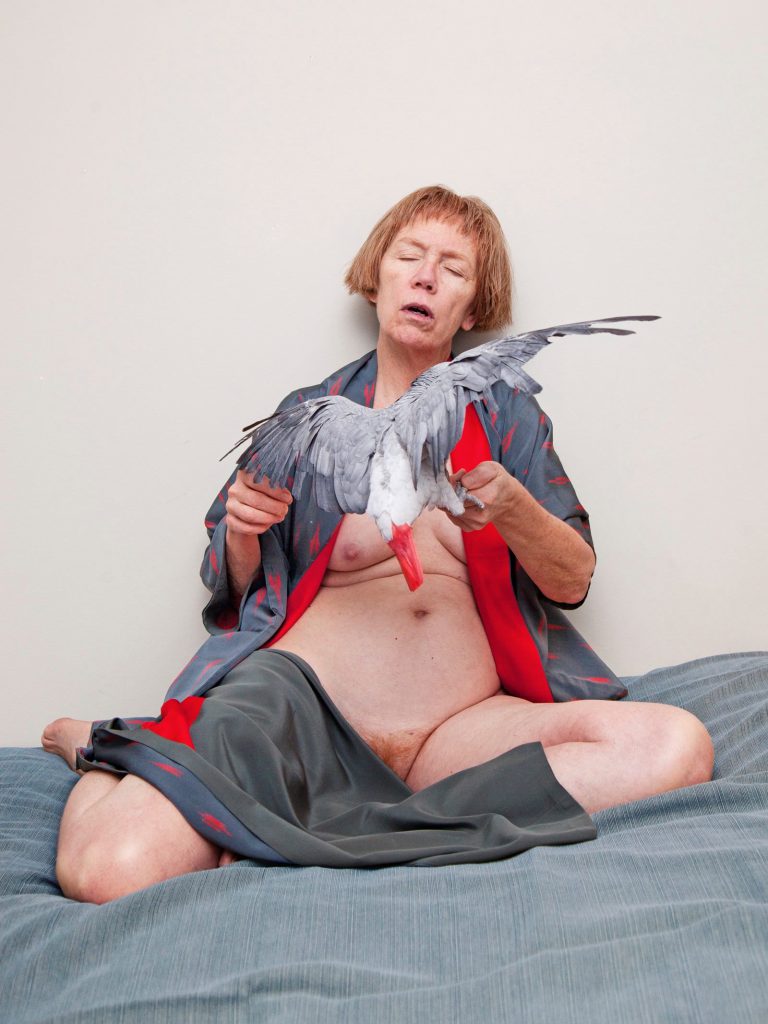Charlie-Engman
Conversation with Winslow Laroche
We met Charlie Engman at one of the past NY Art Book Fairs. After following his work for some time, we arranged a conversation.
WL: I was excited to speak to you through Google for this conversation, but then I thought: "Would the new IG [Instagram] chat work better? Maybe it would be more in "real time," on the go [Running Man emoji]? How do you think your art is affected by the rapid ebbs and flows of the internet? Do you think your connection with the internet will change in 2014 or in the near future? Do you agree with "the artist and their brand" mentality used by many?
CE: I have to admit, I have this weird feeling that I left the internet a long time ago. Of course, like most people, I spent an inordinate amount of time on the web, but it's become much more of a library or slideshow than anything else; I graze like a cow. I think I'm as much affected by it as I am by seasonal depression or something like that. Right now, I can only see that ambivalence getting deeper in 2014... maybe ambivalence isn't exactly the right word, but I definitely feel like it's more of a resource than anything else. It doesn't carry the weight that maybe it did when I first started adding my work to it. It's been normalized.
WL: So you are trying to be less affected by the internet's scope? Also, do you believe in developing a personal brand?
CE: Yes, well, the whole branding question is a whole other ball game!
It's not that I'm actively trying to be affected by the internet, it's more that it's been normalized, like I said. I'm certainly affected by the things I read and see online, and the connections with people and institutions I make there, but it doesn't feel like it supersedes other forms of communication necessarily.
But, about branding, do I agree or disagree with the artist and their brand mentality? It's funny, just this week I had a lengthy conversation with a commercial photo agent who represents some artists I really admire, and he asked me to boil my work down to three essential concerns—maximum. Essentially: what is your brand/what are its fundamental components. It was funny, because while I was initially put off by the question, I immediately had an answer. It was something I've really been reacting against lately, too, because commercial work all comes off the back of some kind of brand-able element. So I was doing a lot of work that felt like a repetitive exercise, and I was trying to find any possible excuse to do something "off brand.” I was simultaneously trying to build a brand and thwart the idea that I could be branded. Or maybe really I was trying to bolster the brand by providing a good venture off of it. It's confusing and frustratingly egoistic territory. Everyone is interested in a lot of different things, so naturally the concept of branding seems unnecessarily limiting. But I guess it depends on your goals and priorities. And everyone has their patterns.
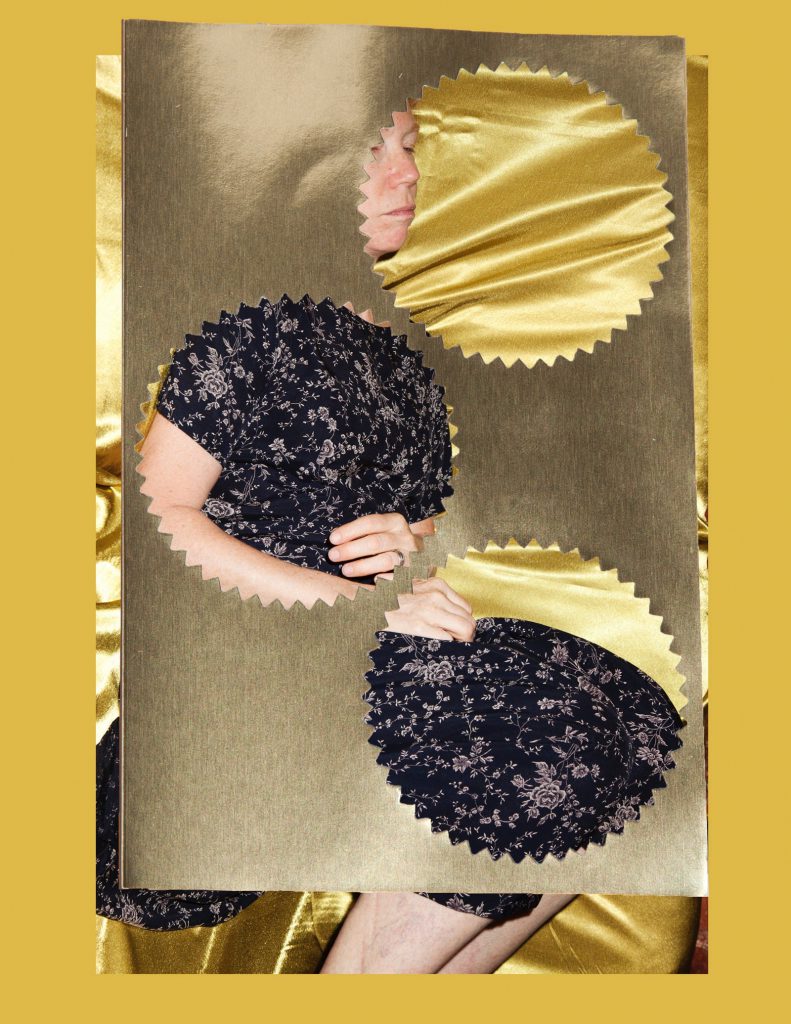
WL: Sometimes it's hard to grab onto an artist's voice in the editorial field. I think that's why certain artists find security in creating a brand or aligning themselves with a familiar brand for the audience. So many eyes, thoughts, hours, online polls, viewer counts go into producing a story for a magazine, so it is easy to lose distinction between characters. Are most of your shoots collaborative works with the editor and art director or do you come in with something calculated and planned out to engage with? Where do you think your influence ends and begins with a shoot? What do you believe is the role of an artist's POV when it comes to editorial photography?
CE: In my case, the majority of my editorial and even commercial shoots are collaborative, up to a point. But of course each project is its own project. My general approach isn't particularly calculated, so I usually try to approach projects from the inside out. It really ranges—sometimes a client will give me a storyboard and expect me to reproduce it, sometimes a client will present me a problem and ask me to find my own solution. I would like to believe the artist's POV is the essential ingredient to editorial photography, but it's really a case-by-case scenario.
WL: John Baldessari's work revolved around communication, and I believe in that logic whole-heartedly, so I've been researching symbols lately and how humans digest them, consciously and subconsciously. What are some symbols that follow you and/or symbols that you look for in your daily life?
CE: Totally! I'm obsessed with the idea of symbols and symbology. With all my denial about the internet earlier, I have to admit, though, that the thing that immediately comes to mind is Emojis on Instagram—we were joking about that earlier. I really love that the Highlight Magazine methodology is becoming assimilated into contemporary communication.
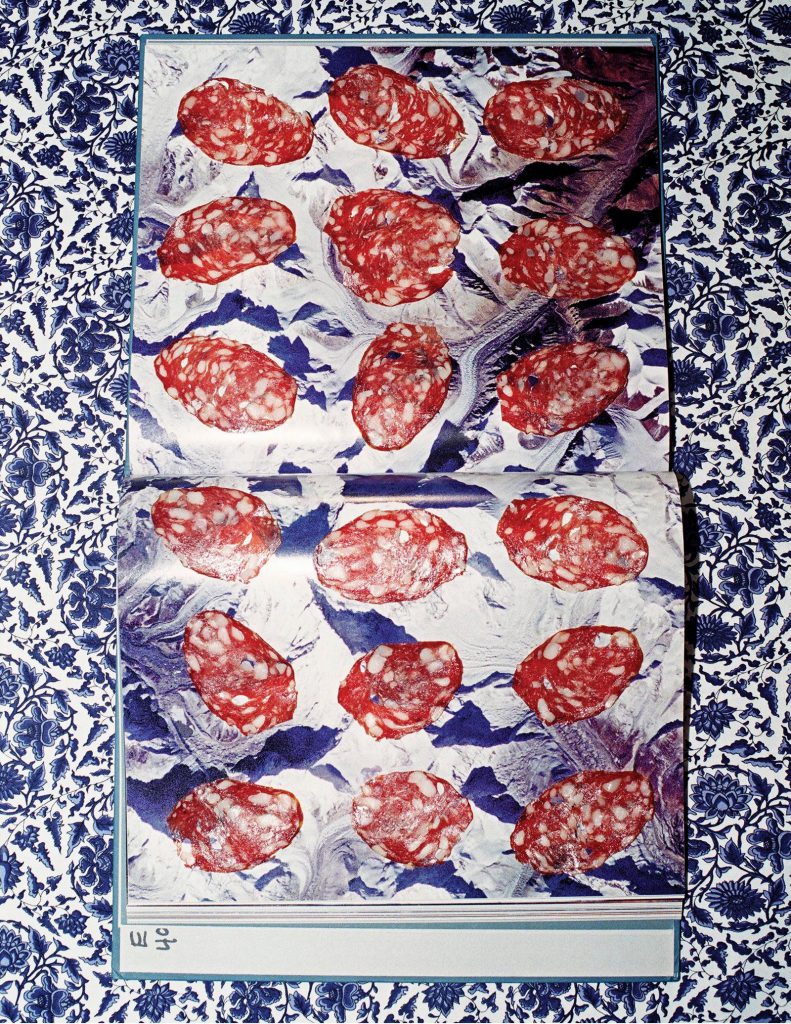
WL: "The Highlight Magazine methodology"?
CE: Do you remember Highlight Magazine? It's probably still around... it was an amazing kids magazine that I would always read in the doctor's office lobby. It always has a section with a short story where certain words in the story are replaced by recurring pictures. So instead of writing the word "dog" for example, they would use a picture of a dog. Basically really cute Chinese characters for English speaking kids... So, I don't know. To me, everything is a symbol. I think that's why photography is so exciting, is because it's really good at defining and sharing symbols.
WL: I recall Highlights and I agree, I feel like we are always following symbols. Which ones to see?
CE: That's the question... I just flipped through the photos on my phone, because that's generally the best indicator of what symbols I'm seeing at the moment. Apparently, it's furniture. Lots of chairs.
WL: Have you read John Baldessari/Barbara Bloom: Between Artists? They have a great exchange about chairs in their dialogue.
CE: No—gotta read that!
WL: What's your favorite article of clothing that you own currently? As a kid?
CE: Ha! You know I love this question. I have the happy advantage of living in the same apartment as my boyfriend's closet, so probably my favorite article is a pair of his pants or something... I like clothes that have kind of been decided for me, if that makes sense. I also have a huge candy-blue coat that makes me look like a jellyfish or something—really into that one. As a kid, the first thing the comes to mind is a color-blocked sweatshirt–really 80s preschool realness. But I think that's just what I like now, looking back on it. Probably at the time my favorite thing was a scholastic book T-shirt with bugs or frogs printed all over it. I had a lot of those.
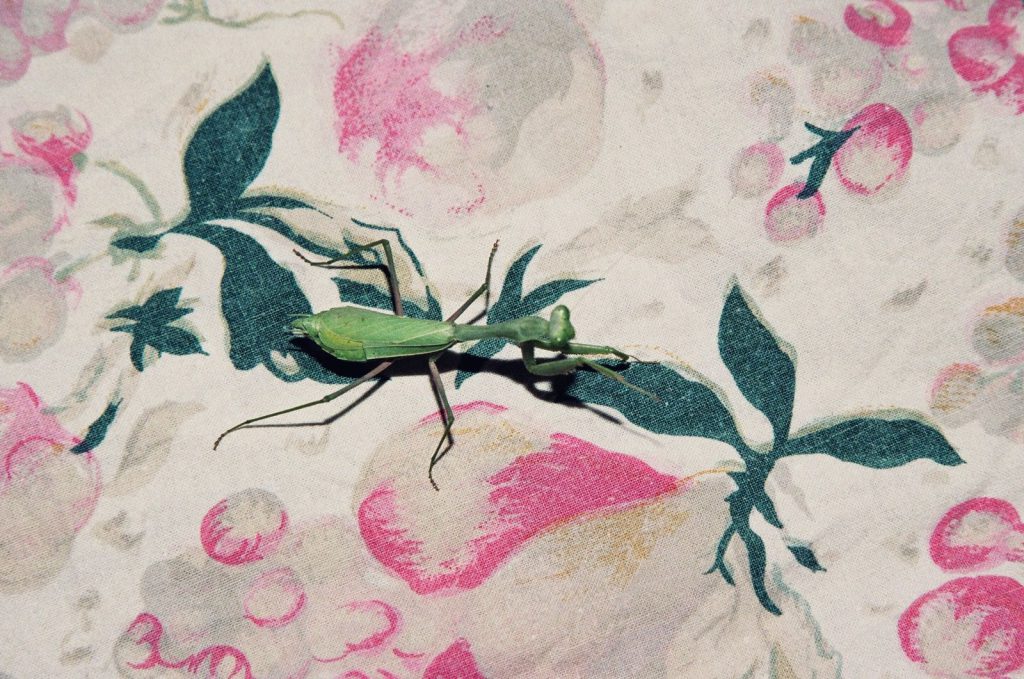
WL: Ah, I think I am still searching for a good colorblock sweater but I will never beat my 5-year-old self in style.
CE: Our moms were on it!
WL: I had a discussion a few days back with a group of friends about how looking at music history can help put a positive spin on the state of art right now and the sea of opinion pieces on the matter. Decades ago, artists used to pull from the same library of songbooks which ended up with several musicians covering the exact same song. It was about seeing what's available, finding the source, and interpreting it in a way that is in tune with your interests, which creates something visceral, a moment. The same feeling the original artist felt when they made the piece. Who are your influences and mentors and how do you filter them into something new for your work without looting [copying] from them, but rather stealing? "Good artists copy, great artists steal."
CE: Yeah, it's kind of like the joy of finding the symbol in the picture... I love a "me too" photograph. I think my greatest mentor, and who really got me on a track, was Richard Wentworth. His approach is both very matter-of-fact and very poetic/cheeky. So, yeah, I guess I try to look more at artist's approaches rather than their works. I'm a big materialist, too, so if I see someone using a material that I like, it's mine!!
WL: Regarding being a materialist, “Me too!”
CE: I don't know, sometimes I feel like I'm staring so hard at my navel or the tip of my nose that the filtering does itself!
WL: Photoshop: Friend or Foe? How long have you used the Creative Suite and how has it changed your work since you started shooting?
CE: Are you kidding! What would I do without Photoshop! I mean, not the program itself, per se, but the ability to manipulate your images? I really can't understand arguments against Photoshop. Against poor use of Photoshop, sure, but surely editing images is just as important as making them. The act of taking a photograph already has so many technologies folded within it: who's taking the picture and why, what camera is it taken with, where is the film getting developed or who made the digital sensor... There's no reason to uphold the sanctity of those processes over the photoshop. There's that whole uproar of Vogue vs Jezebel and the retouched pictures of Lena Dunham for their February issue... The whole thing is really a farce.
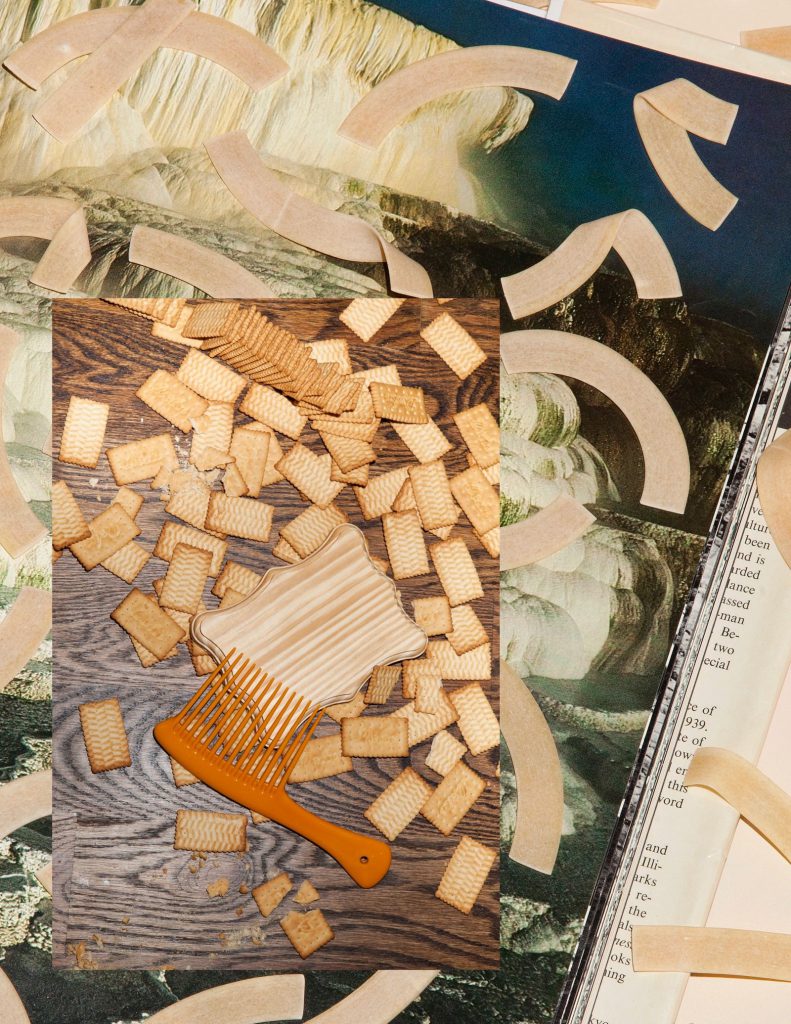
WL: Agreed, I felt the argument was a low-point for the popular internet outlet.
CE: So Photoshop, or some variant thereof, came pretty quickly into my practice. I think it's guided a lot of change in my work in the sense that it made certain types of experimentation much more accessible.
WL: How do you introduce color to your process? When does the palette for the shoot or image you are editing come into play? Is it sometimes based on material availability? Which materials do you prefer to work with and why?
CE: Are you asking the million dollar question? So, I'm a bit notorious for using studio paper backdrops in all kinds of silly ways, and that is definitely about availability. I love paper, it's such an amazing material, but my use of it is really more about using the studio environment at large as an active material (as opposed to a false space). I am all about availability. Regarding color—it's not really something I feel like I introduce. I see in color, and color is really important, so it's there from the start. I'm pretty promiscuous with my colors, too—every color is beautiful given the right context, so my use of color is just a response to context. I'm all about availability!
WL: Music playing while doing a shoot or no? What's playing?
CE: Definitely! If I'm shooting a person, it's what they like to listen to. Barring that, it's booty jams.
WL: Favorite booty jams?
CE: Oh, there are so many. There's the step variety, like Rye Rye, there's the cardiovascular booty, like "Look At Me Now," there's the deep booty, like "Pony." And then there's the weird indie booty. I can get into them all.
WL: YES! My friend teased me once because I said I would be honored to shoot for Popular Mechanics. How do you do choose who to shoot with? What was your favorite shoot of 2013? Who are some clients you would love to work with?
CE: Well, I've been dying to shoot the U-Line catalogs personally.
WL: ME TOO! Or maybe a U-LINE lookbook?! My designer friend Maisie wants to do a collaboration with them one day!
CE: I take on commissions based on how interesting the project sounds or maybe how challenging it sounds. Maybe it's a rather uninteresting project with interesting people involved. Maybe it takes me to a place I've never been to before. It's not an exact or particularly complex science. 2013 was a rather intense blur, so I'm not sure what my favorite shoot was. I did a weird, semi-"sexy" editorial shoot with my mother at the beginning of the year, and that was definitely a trip! I hope to keep working for at least a few clients that let me do that kind of strange stuff.
WL: If you could be doing anything besides photography in your life right now, what would it be?
CE: My life is so consumed by photography and its off-shoots right now, it's really a hard question to stomach! I would be sleeping my proper 7 hours a night, I guess.
WL: If you had to choose another "career" though? And this is the last question!
CE: I'm still into bugs and frogs, so probably something in the natural sciences—it has the same kind of balance between interpretive and objective as photography, so I could get into it.
WL: For me, it would either be a P.I. or a firefighter.
CE: I would be terrible at both of those. I'm more figure skater or preschool teacher.
WL: I'm an archivist at heart, so I could see my mind's eye working well in private investigation. Preschool teacher could be fun, though, but I don't have the patience.
CE: Me neither, actually...
WL: Are you packing now? Sorry, had to copy/paste all that. Thank you again for taking the time for this interview!
CE: Yeah, packing and emailing and taking phone calls... it's a crazy time in Charlie-land today. But this was my pleasure! Let's chat more often, Winslow.
